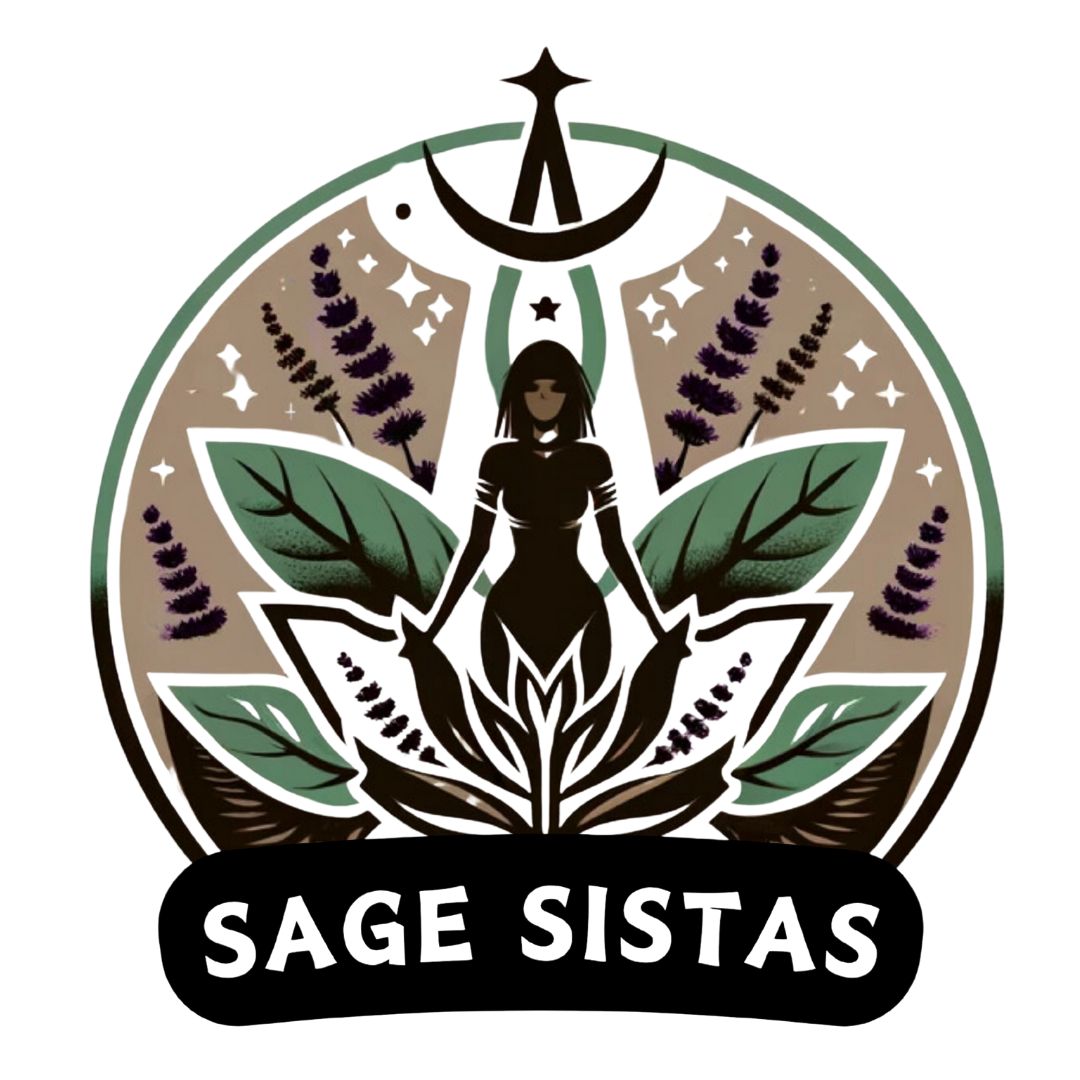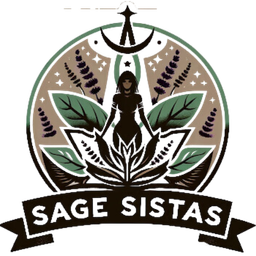German New Medicine 101: Skin, Dermis and Epidermis [Part 3]
![German New Medicine 101: Skin, Dermis and Epidermis [Part 3]](/content/images/size/w2000/2024/03/skingnm.webp)
Welcome to the enlightening world of German New Medicine (GNM), a revolutionary approach to understanding health and disease through the lens of emotional and biological harmony. Developed by Dr. Ryke Geerd Hamer, GNM presents a paradigm shift from conventional medical wisdom, proposing that diseases, including those affecting our skin, are not merely physical malfunctions but meaningful biological responses to unresolved emotional conflicts. This introductory article embarks on a journey to explore the intricate relationship between our skin’s health and our emotional state, guided by the principles of GNM based on the information provided on the LearnGNM Website.
The skin, our body's largest organ, serves not just as a protective barrier but as a canvas where emotional conflicts often manifest. According to GNM, conditions ranging from acne to eczema, psoriasis, and even melanoma, can be understood in the context of "biological conflicts" — deep-seated emotional issues that our psyche, brain, and body work in unison to resolve. This perspective encourages us to look beyond the surface symptoms and delve into the emotional roots contributing to skin ailments.
If you are new to this series please also don't forget to check out our blog articles about the 5 biological laws and GNM nose and sinuses.
Biological Functions of Skin:

The skin, the body's largest organ, plays a critical role in our overall health and well-being. It serves several vital functions that are essential not just for our survival but also for our interaction with the external environment. Here are the key features and functions of the skin:
1. Protection
Beyond serving as a shield against physical and chemical threats, the skin, particularly the dermis, embodies a protective mechanism deeply rooted in our evolutionary journey from aquatic to terrestrial life. This transition introduced the challenge of external soiling, prompting the skin to evolve as a barrier against not just physical harm but also against the concept of being "soiled." This duality of protection reflects the skin's role in safeguarding against both tangible and perceived threats, highlighting its function as a guardian of both body and emotional well-being.
2. Sensation
The richness of sensory receptors within the skin does more than navigate the physical world; it connects us to our emotional landscape. Each touch, vibration, or change in temperature is not just a sensory input but a dialogue between our environment and our inner selves. This sensory feedback loop is integral to how we experience and react to emotional conflicts, with the skin acting as a canvas that reflects our deepest feelings and conflicts.
3. Thermoregulation
The skin's role in thermoregulation extends beyond physiological necessity; it is a testament to the body's adaptability and response to environmental changes. Sweat production and blood flow adjustments are not merely about maintaining optimal temperature but are reflective of the body's holistic response to stress and emotional states. This intricate balance underscores the skin's role in supporting the body's homeostasis while navigating the emotional and physical challenges of life.
4. Metabolic Functions
The synthesis of vitamin D and the metabolism of fats underscore the skin's integral role in our overall health. However, these functions also mirror the skin's adaptability and response to external stimuli, including emotional stressors that can influence metabolic processes. This highlights the skin as a dynamic organ, capable of supporting our physical health while being intricately linked to our emotional well-being.
5. Immune Defense
The skin's immune defense, particularly through the epidermis and its microbiome, illustrates a sophisticated system designed to protect against pathogens. Yet, this defense mechanism also represents the skin's response to emotional conflicts, as seen in German New Medicine. The skin acts as a frontier, not just against microbial invasion but also as a buffer against emotional disturbances that can manifest physically.
6. Excretion
Sweating, while a means of toxin removal, also serves as a physical manifestation of emotional stress. The skin's excretory function reflects its role in purging not just physical waste but also emotional burdens, serving as a release valve for both physiological and psychological pressures.
7. Blood Reservoir
The extensive network of blood vessels in the dermis highlights the skin's role as a reservoir, ready to support the body's demands. This feature not only showcases the skin's adaptability to physiological needs but also its readiness to respond to emotional stimuli, illustrating how blood flow can be influenced by stress, fear, or emotional conflicts.
8. Appearance and Social Signaling
Skin appearance is a powerful form of nonverbal communication, reflecting not just health and age but also emotional states. The skin's role in social signaling extends beyond aesthetics, serving as a mirror to our emotional health and a communicator of our innermost feelings to the external world.
9. Repair and Regeneration
The skin's remarkable ability to heal and regenerate is a testament to its resilience, mirroring the body's capacity to recover from physical and emotional trauma. This regenerative process reflects the skin's role in not just restoring physical integrity but also in facilitating emotional healing, as it adapts and heals from the scars of conflicts and injuries.
Please watch the very insightful presentation on Skin Conditions by Dr. Melissa Sell here.

Structure and Functions of the Skin from a GNM Perspective

The skin comprises two primary layers: the epidermis (outer layer) and the dermis (underlying layer), each playing distinct roles not only in our physical health but also in our emotional and biological wellbeing. GNM explores these roles deeply, associating various skin conditions with specific types of emotional conflicts.
Epidermis
The epidermis, the outermost layer of the skin, serves as the first line of defense against environmental threats. It is continually regenerated, with cells moving from the deeper layers to the surface where they are eventually shed. In GNM, the epidermis is linked to "separation conflicts," emotional distress arising from a perceived loss of contact or connection. Conditions affecting the epidermis, such as eczema or psoriasis, are seen as manifestations of the body's attempt to cope with these conflicts. The skin's regeneration process symbolizes an attempt to "restore" the lost contact, with the shedding of skin cells reflecting a detachment or a desire to shed the conflict.
Dermis
Beneath the epidermis lies the dermis, a thicker layer containing nerves, blood vessels, sweat glands, and hair follicles. It provides nutrition to the epidermis and lends the skin its elasticity and strength. In GNM, the dermis is associated with "attack conflicts" or "integrity conflicts," representing a perceived threat to the individual's integrity or boundaries. Conditions like acne, which originate in the hair follicles and sebaceous (oil) glands of the dermis, can be seen as the body's biological response to such conflicts, with the inflammation acting as a protective measure against perceived attacks.
Emotional Correlations
GNM suggests that the skin's conditions are direct manifestations of unresolved emotional conflicts, with different layers of the skin corresponding to different types of conflicts. This approach encourages a holistic understanding of skin disorders, urging individuals to explore the emotional underpinnings of their physical symptoms.
- Epidermis and Separation Conflicts: The loss of physical contact, feelings of abandonment, or the desire for separation from harmful situations can manifest through the epidermis, reflecting the psyche's attempt to navigate these emotional waters.
- Dermis and Attack/Integrity Conflicts: The dermis responds to conflicts related to aggression, violation of personal boundaries, or threats to one's integrity. The body's response, such as the formation of acne, can be seen as an attempt to "fight off" these perceived attacks.

List of Conditions Linked to Skin Conflicts

The following list encompasses a variety of skin conditions, each meticulously connected to distinct emotional conflicts, according to GNM principles. It's essential to understand that these conditions typically emerge during what is recognized as the healing phase. Contrary to conventional interpretations, this phase is not a period of worsening but a critical stage of recovery and reconciliation. During this time, the body endeavors to heal both physically and emotionally, signaling through the skin an intricate process of restoration. The healing phase is a testament to the body's remarkable capacity for self-repair, prompted by the resolution of emotional turmoil. As we explore these conditions, we invite readers to consider the skin not just as an organ of physical interface but as a canvas that vividly reflects our emotional landscapes and healing journeys.
1. Eczema
- Linked Conflict: Arises from a deep yearning for connection, signaling unmet desires for touch and emotional closeness.
- Manifestation: This longing materializes as itchy, red patches, notably on wrists, neck, and knees, where the skin visibly cries out for the touch it misses.
- Affected Layer: Primarily targeting the epidermis, these symptoms embody the skin's plea for emotional bonding.
2. Psoriasis
- Linked Conflict: Stems from feeling metaphorically under siege, prompting a defensive response from the body.
- Manifestation: The skin's barricade appears as thick, red patches adorned with white scales, predominantly on joints and scalp, as if armoring against emotional threats.
- Affected Layer: Engaging both the epidermis and dermis, it showcases the body's dual strategy for emotional and physical defense.
3. Acne
- Linked Conflict: Reflects battles with self-image and identity, often intensified during pivotal life stages.
- Manifestation: The turmoil surfaces as pimples and cysts, mainly on the face and back, signaling internal conflicts over self-worth.
- Affected Layer: Rooted in the dermis, this inflammation mirrors deeper disturbances in how we perceive ourselves.
4. Vitiligo
- Linked Conflict: Tied to fears of standing out or losing one's identity, vitiligo speaks to deep-seated anxieties about belonging.
- Manifestation: Patches of pigment loss, often symmetrical, become metaphors for feeling exposed or emotionally stripped.
- Affected Layer: The epidermis, particularly melanocytes, becomes the stage where these dramas of identity and acceptance unfold.

5. Melanoma
- Linked Conflict: Signals existential fears or the sensation of life-threatening emotional assaults.
- Manifestation: The emergence of irregular moles or growths across the skin narrates a story of deep, unresolved fears.
- Affected Layer: Starting in the epidermis's melanocytes, its potential to spread deeper illustrates the profound impact of these emotional conflicts.
6. Dermatitis
- Linked Conflict: Originates from perceived violations of personal space or integrity, manifesting as a protective outcry.
- Manifestation: Inflamed, sometimes blistering skin articulates the body's protest against these breaches.
- Affected Layer: Affecting the epidermis, dermatitis visually marks the spots where boundaries were felt to be crossed.
7. Rosacea
- Linked Conflict: Associated with social embarrassment or "being caught in the act."
- Manifestation: Redness on the face, visible blood vessels, and sometimes acne-like bumps.
- Affected Layer: Primarily affects the epidermis, with the vascular system in the dermis also involved, reflecting the emotional flushing tied to social anxiety or embarrassment.
8. Hives (Urticaria)
- Linked Conflict: Linked to sudden fright or shock conflicts.
- Manifestation: Red, itchy welts on the skin, which may appear suddenly and vary in size.
- Affected Layer: Affects the epidermis, directly responding to acute emotional shocks with rapid, visible skin reactions.
9. Warts
- Linked Conflict: Associated with separation conflicts, feeling "touched" in an unwanted way.
- Manifestation: Small, grainy skin growths, often on the hands and feet.
- Affected Layer: Originates in the epidermis, with the body creating physical barriers in response to unwanted contact.
10. Alopecia Areata
- Linked Conflict: Severe separation conflicts, with profound feelings of loss.
- Manifestation: Sudden hair loss in circular patches, leaving smooth, bald spots on the scalp.
- Affected Layer: Affects the hair follicles in the dermis, reflecting the depth of emotional loss through the loss of hair.
11. Fungal Infections (e.g., Tinea, Athlete's Foot)
- Linked Conflict: Conflicts related to contamination or feeling "soiled."
- Manifestation: Itchy, peeling skin on the feet, or ring-shaped rashes on the body.
- Affected Layer: Affects both the epidermis and the upper parts of the dermis, as the body attempts to "cleanse" itself of the perceived impurity.
12. Herpes Simplex (Cold Sores)
- Linked Conflict: Tied to separation mixed with violation or attack, especially in intimate contexts.
- Manifestation: Painful blisters on the lips or around the mouth.
- Affected Layer: Affects the epidermis, where the conflict of unwanted contact or separation is visibly manifested.
Best ways to Support Your Skin during a Healing Phase
During the healing phase of a skin conflict, both physical and emotional care are integral to a comprehensive healing process. This period is an opportunity for the body to repair and regenerate, often accompanied by symptoms like inflammation or redness, which are signs of the body's natural healing mechanisms at work. Emotionally, resolving the underlying conflict or stress that may have contributed to the skin condition is crucial. Acknowledge and address any emotional triggers or stressors, seeking to understand and work through them. This might involve techniques such as journaling, counseling, or engaging in activities that promote mental well-being and relaxation.
Practically, support your body by adopting a balanced diet rich in nutrients that aid skin repair, staying well-hydrated, and ensuring you get enough rest. Opt for gentle skin care practices that avoid further irritation. Moreover, incorporating stress management and emotional well-being practices, such as meditation, yoga, or deep-breathing exercises, can significantly aid the healing process. These practices not only reduce stress but also promote emotional balance and resilience.
Remember, the journey to healing is both physical and emotional. It requires patience, self-care, and a holistic approach that encompasses mind, body, and spirit.
1. Nutritional Support
- Eat Anti-inflammatory Foods: Incorporate foods rich in omega-3 fatty acids, antioxidants, and vitamins to help reduce inflammation and support skin repair. Think of colorful fruits, vegetables, and healthy fats like avocados and nuts.
- Stay Hydrated: Drinking plenty of water helps maintain the skin's elasticity and accelerates the healing process by removing toxins from the body.
2. Gentle Skin Care
- Moisturize Naturally: Use natural oils ( raw coconut oil, jojoba) and aloe vera to keep the skin hydrated and soothe irritation. These products can help maintain the skin barrier without harsh chemicals.
- Avoid Irritants: Minimize exposure to harsh soaps, chemicals, and fragrances that can further irritate the skin.

3. Emotional Wellness
- Stress Management: Practices like yoga, meditation, and deep breathing can reduce stress, which is crucial since emotional stress can impact skin health.
- Address Emotional Conflicts: Reflect on any emotional conflicts or stressors that may have contributed to the skin condition. Seeking therapy or counseling can be beneficial in resolving these issues.
4. Adequate Rest
- Ensure Sufficient Sleep: Quality sleep supports the body's natural healing processes, including skin repair. Aim for 7-9 hours per night.

5. Sun Protection
- Protect Against UV Rays: While moderate sunlight exposure can benefit certain skin conditions by boosting vitamin D levels, it's important to protect healing skin from excessive UV exposure with appropriate sunscreen and clothing.
6. Herbal Remedies
- Use Healing Herbs: Herbs like calendula, chamomile, and tea tree oil have natural healing properties that can be applied topically to support skin healing. Always patch test for sensitivities.
7. Physical Activity
- Moderate Exercise: Regular, moderate exercise improves circulation and helps reduce inflammation, supporting the skin's healing process. Ensure activities are gentle on the skin and avoid excessive sweating if it irritates your condition.
8. Healthy Environment
- Maintain a Clean Environment: A clean living space can reduce the risk of infection and support a healthy healing process for the skin. Also, consider using a humidifier to keep the air moist, especially in dry climates.
Integrating these practices into your daily routine can significantly support your body during a skin healing phase, addressing both the physiological and emotional aspects of healing. Remember, the journey to recovery is not just about treating the skin but nurturing the body and mind as a whole.


